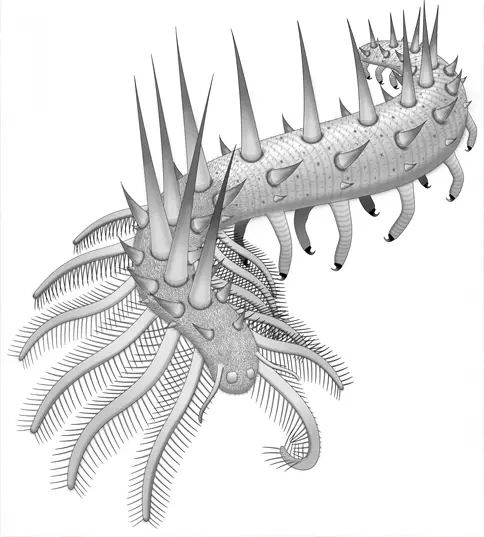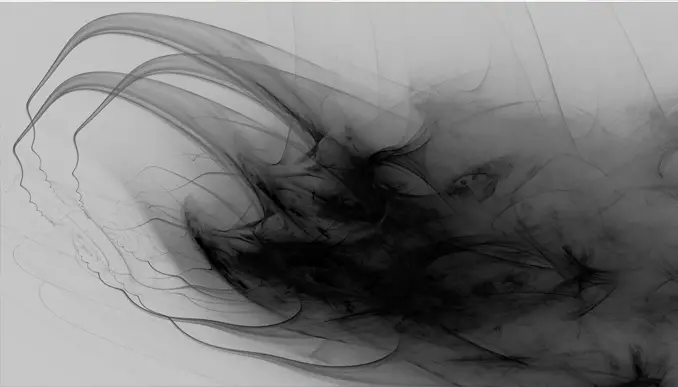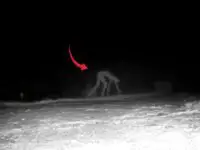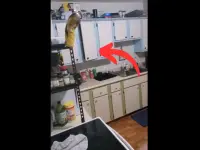The SCP Foundation: an organization that lives and functions just below the surface of what the rest of us consider the normal world. The members of this elusive group see it as their life’s purpose to locate and contain creatures, objects, and locations that violate natural law and threaten the safety of the rest of the world.
Below, read about the scariest monsters that the SCP Foundation has ever recorded.
10. Nose Crab
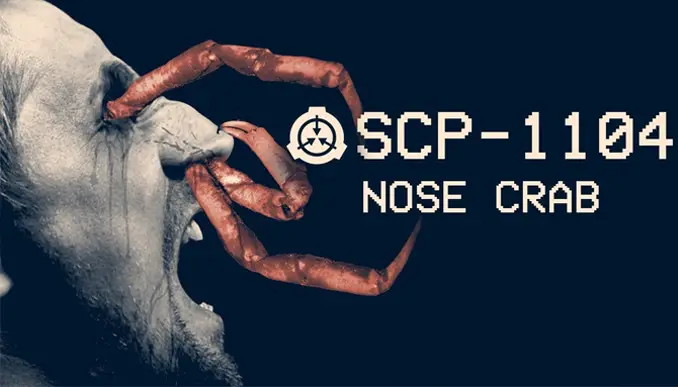
The nose crab is one of the SCP creatures that is sure to make your skin crawl. This creepy crustacean, resembling a common crab, travels through the air searching for a human host. It can remain in the air for up to 14 hours.
Once the crab chooses a host, it crawls into the nose and attaches to the mucus there. Over the next few months, it gradually grows and extends its claw-like appendages throughout the human’s head. What’s truly scary is that the host remains almost completely unaware of the parasite: the only sign is the occasional headache.
Eventually, the nose crab starts to affect the host’s vision. Vision is affected in such a way that the human begins to prefer areas with a high concentration of hydrogen sulfide, such as areas near sewer pipes, as the chemical reduces the disturbance to their vision. When the concentration of hydrogen sulfide is high enough, the crab will stab its appendages into the human’s prefrontal cortex, rendering them unconscious. The crab then exits the human’s head and makes its home in the area with the most hydrogen sulfide.
9. The Primordial Wyrm
The primordial wyrm is one of the largest creatures ever discovered by the SCP Foundation. It is so large that no one has ever been able to measure its full length. The creature, which is similar in appearance to a massive earthworm, makes its home in a tunnel in the Adirondack Mountains. It is believed that the creature is actually larger than the tunnel itself, but that it can somehow condense its body while inside the tunnel.
The SCP Foundation has discovered that every 18 days, the primordial wyrm partially exits the tunnel and deposits another creature, believed to be its offspring, about 50 meters away from the tunnel. The offspring looks similar to a human, but has a bloated abdomen and is covered in a yellow fluid. The Foundation believes that the primordial wyrm is attempting to determine if the surrounding area is a suitable environment for its offspring.
8. The Non-Euclidean Euclid
The non-euclidean euclid, as its name suggests, is one of the more mysterious SCP creatures to be discovered. It is described as a mass of tentacles, similar to those of an octopus, with no discernable body.
However, it is difficult for researchers to really analyze this bizarre creature; it seems to have some sort of power that prevents any animals with eyes, including humans, from being in the same room as it. Researchers who have attempted to enter any room containing the creature have been inexplicably blocked for some unseen force.
The creature sometimes reaches its tentacles outside of the room and has been observed to pull objects through doorways, even if the object’s dimensions exceed that of the doorway. Although it is not typically violent, it will occasionally hurl objects at anyone who continues to get too close.
7. The Pareidolia
The pareidolia is a creature identified by the SCP Foundation that seems to defy explanation. Like many other creatures on this list, it requires a host to survive. This creature, however, is attracted to any object that looks similar to a human face.
What is truly remarkable about the pareidolia is that after entering a host, it can remain dormant for extended periods of time. It is only after a human recognizes that the pareidolia is there that it becomes active. For this reason, only those with prosopagnosia (an inability to recognize faces) are permitted to capture these terrifying monsters.
The host won’t notice the creature much; they will only experience a slight feeling of paranoia. The creature shares the person’s consciousness but doesn’t communicate. However, it’s presence can be detected by changes in radiation levels.
6. The Eye Pods

The eyes pods are some of the least frightening, but most unusual SCP creatures ever discovered. Only two have ever been found. They are about a foot tall and shaped like a teardrop. One is orange and the other is yellow. Their most notable feature is a single blue eye in the center of their bodies.
The eye pods have a wheel at the bottom of their bodies that allows them to move (however, they seem to have difficulty stopping). Researchers have compared their behavior to that of a common housecat: they are energetic and curious and seem to enjoy receiving affection. It is believed that they can communicate with each other, but humans cannot understand the language.
What is truly remarkable about the eye pods is that they seem to feed on visual stimulation. They require no food and constantly move about in search of things to look at.
5. Atmospheric Jellyfish
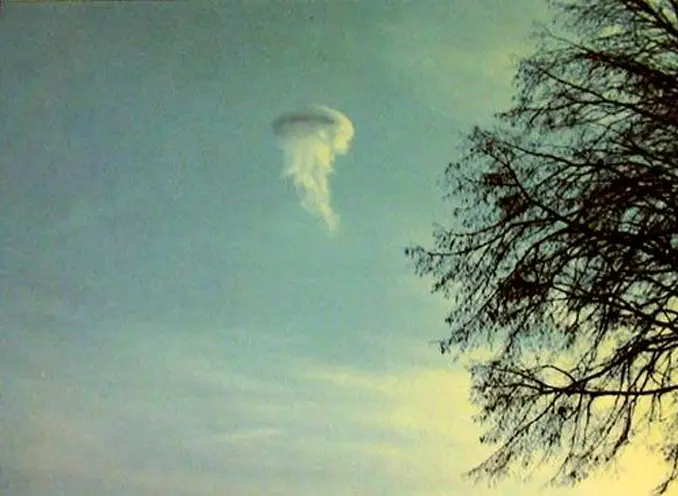
Atmospheric jellyfish, on first glance, appear to be oddly shaped clouds. However, this is because this creature has learned to surround its entire body with a thin layer of cloud to keep it hidden. The cloud has tendrils trailing from the bottom, making the creature look like a jellyfish made of water vapor.
The creature’s body is actually made of almost entirely of eyes connected by thin tendrils. The creature floats above the ground where it can be in close proximity to the large mammals that it hunts. According to the SCP Foundation, humans are its most common prey. Humans can escape the creature by running into a crowd of people, which will confuse it. However, if you happen to make visual contact with one of its eyes, you’ll be pulled into its core, unable to escape.
4. The Carnivorous Central Nervous System
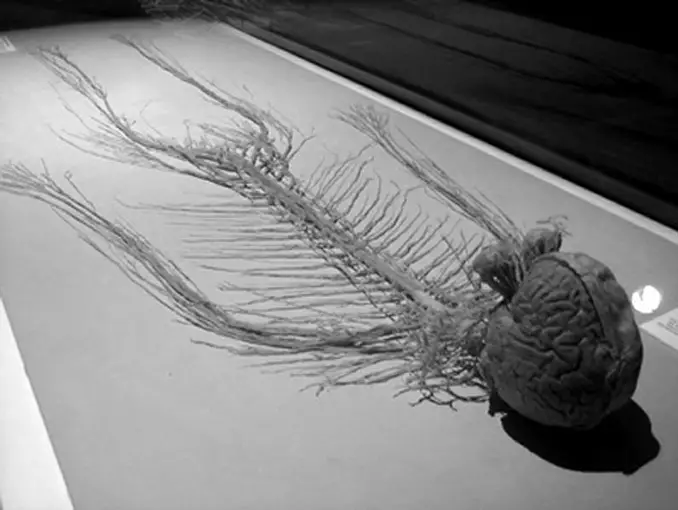
The carnivorous central nervous system is one of the creepiest SCP creatures. In both appearance and function, it is similar to a human’s central nervous system. There is what appears to be a brain at the top, branching out into nerves and other sensory organs that are stimulated in the same way as human organs. The creature is capable of movement, so it must be contained at all times.
According to researchers, this creature feeds on neurotransmitters, which it takes into its body through a form of osmosis. It can go for long periods without feeding, but for the safety of researchers, it must be fed regularly. When hungry, the creature will take over the body of any living host that comes near it, replacing the host’s central nervous system with its own body. It will then slowly absorb all of the host’s neurotransmitters until the host is killed.
3. The Demon La Hire

The Demon La Hire was located by the SCP Foundation near Fallon, Alabama in the United States. It is invisible to the eye, and can only be seen with the use of an infrared camera. According to those who have seen it, it has extra-long limbs, including six legs. Its face is misshapen and covered in mottled skin. It has six black eyes and the letter “J” branded onto its forehead.
Any humans who come to close the the Demon La Hire will find their actions being controlled by the creature. It forces them to engage in sexual activity with one another against their will. The purpose of this is to implant a demon child in the woman’s womb.
The children are born looking and acting like normal babies, so the host mother will care for it as if it is her own. The demon children typically breastfeed from their host mothers until they die from malnutrition and exhaustion.
2. Eye Spiders

Eye spiders are another creepy-crawly SCP Foundation creature that are sure to make your hair stand on end. Originally, eye spiders consist of individual legs about 10 cm in length. However, when eight of these legs are close enough to each other, they join together to form a single creature that resembles a large, thin-limbed spider.
Once an eye spider assembles like this, its goal is to find a host: namely, a human eye. The creature will crawl onto a human’s face and position itself over the eyeball. The limbs will then reach inside the eye socket and pluck out the eyeball, careful not to damage it. It then plants its limbs into the freed eyeball and then returns it to the socket. The eye spider will stay there until the eye becomes dehydrated, at which time it will search for another host. The creature can also lay eggs in the eye socket during the 2-3 weeks that it is in possession of the eye.
1. The Wall of Flesh
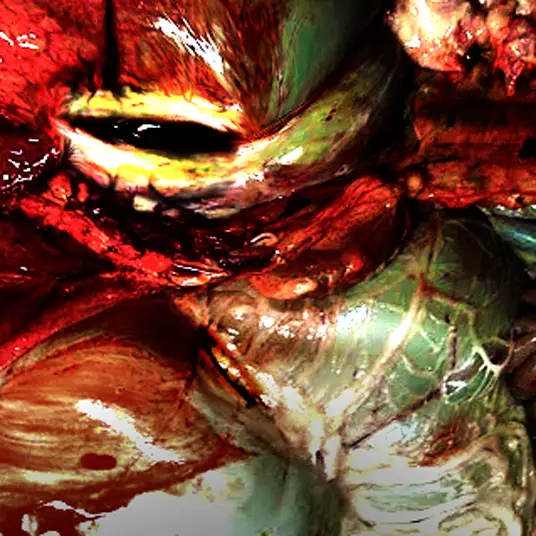
The wall of flesh is likely the most disturbing creature ever discovered by the SCP Foundation. This wall is an autonomous creature made up of the flesh and organs of numerous other creatures. Most recently, it has been observed to contain a blue whale, giant squid, dolphins, livestock, rodents, cats, dogs, insects, and even humans.
The creature has a central sensory organ that looks similar to an eye. Testing shows that the organ can detect infrared and heat signatures.
The wall of flesh is highly dangerous to other living beings. Any humans or animals that get close to it will be rapidly assimilated. Their organs and bones will meld with the wall, become part of its grotesque bulwark. It can rearrange itself at will to incorporate new life forms, but it usually forms itself in a way that protects the brain tissue at the center. Researchers have attempted to determine how sentient it is, but testing has been inconclusive.

